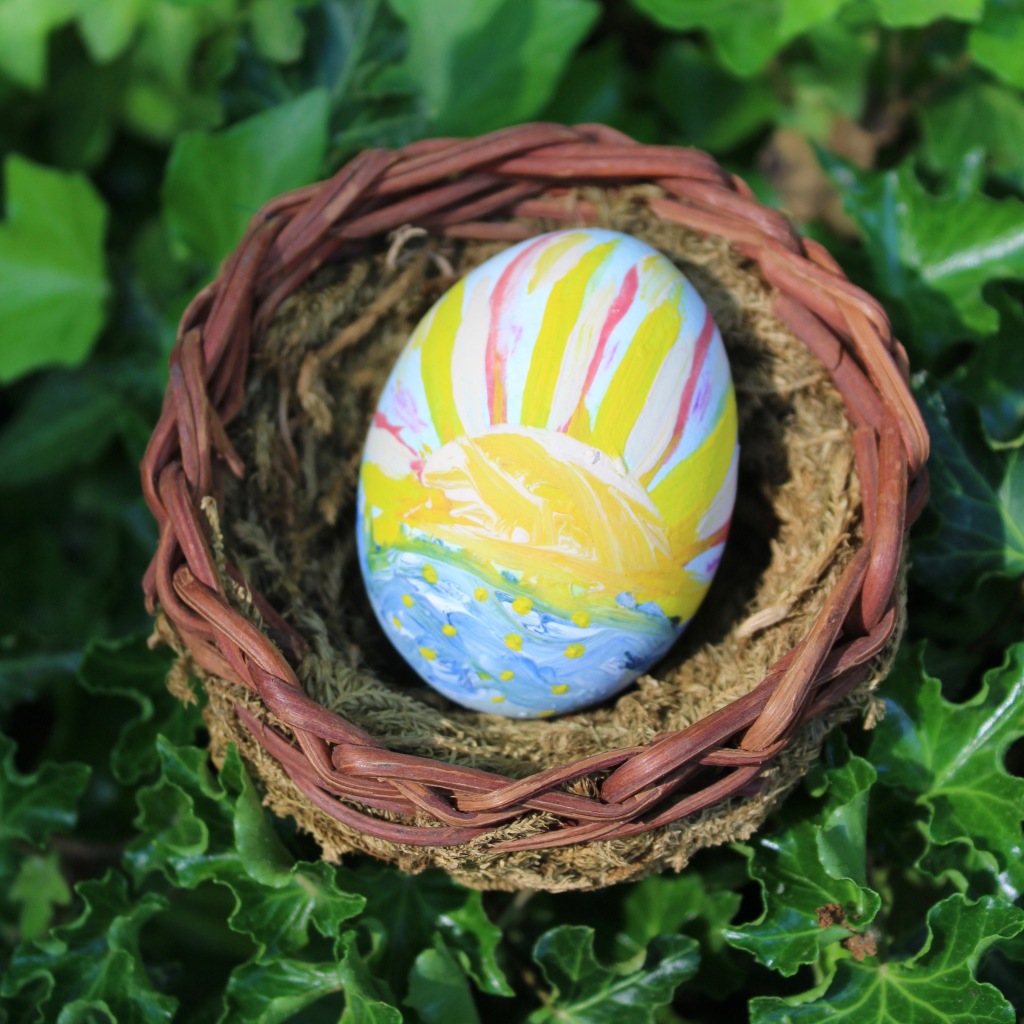
Then the angel showed me the river of the water of life, bright as crystal, flowing from the throne of God and of the Lamb through the middle of the street of the city. On either side of the river is the tree of life with its twelve kinds of fruit, producing its fruit each month; and the leaves of the tree are for the healing of the nations.
Rev. 22:1-2, excerpt from Rev. 21:10, 22-22:5, lectionary for May 22, 2022
‘… The leaves of the tree are for the healing of the nations.’
Four full weeks I’ve been stuck at this text, getting no forwarder.
The first week I came to it — again for the first time — the news of the mass shooting at the Buffalo Tops market was still fresh. Added to news of rising COVID cases, the war in Ukraine, the leaked draft opinion in Dobbs v. Jackson Women’s Health, investigation of the January 6 insurrection, the banning of books from schools and libraries and bookstores, and increasing inflation.
Amid all of that, I sat at my desk aware of needing healing, and I read of a tree whose leaves are for healing. The phrase felt a balm, not just in the promise implied in the purpose stated, but in the universality of the need. The nations — the ethne, the peoples — all of us needing healing, and these leaves are for that end.
I read it again: the tree of life in the middle of the street of the city; the tree of life on either side of the river. The spatiality is unclear, as if the crystal bright stream rises from roots as vast as tree-trunks and widely spaced, a cathedral vault under which the street itself runs. Reading, I could nearly see it. Closed my eyes to let the vision open in my mind. Saw it as precise and fine as a Chinese penjing, one of those scenes of wild nature fixed in miniature scale: rocks set to suggest mountains, petite trees shaped as if blown by continual winds, sometimes even a tiny teahouse or figure included as an invitation to make myself small so to enter in.
‘… The leaves of the tree are for the healing of the nations.’
Four full weeks I’ve been stuck at this text, getting no forwarder.
That first week, I read and thought but there seemed too much in the world to write. The second week came the shooting in Uvalde. A fresh round of violent horror; tender bodies broken, innocence exploded. Writing, then, of a tree seemed so pointless as to be an offense. So I didn’t. ‘I am stuck,’ I texted friends. Or maybe they texted first. We texted each other. Some solace in our mutual stuckness. But none, then, in a text-told tree, however precise and fine its shaping. The picture was too fixed and diminutive to hold.
More weeks, more news, more life, more weight. Four full weeks I’ve been stuck at this text, and each week on there seems more too muchness in the world. I cannot push against its heaviness. I close my eyes, seeking to see again the tree, wishing to make myself small to enter into the picture, to live in the safety of an image fixed so fine.
Except that opening my eyes to read again, I realize the image is not static. The tree of life is a growing thing, producing fruit, each month offering that month’s gift. The water of life is a flowing thing, a crystal river going out from the throne. There’s motion in these images; a process of healing and ongoing life.
The text’s constancy is not its fixedness but its continual flow.
Four full weeks I’ve been stuck at this text because four full weeks I’ve been stuck in the world. Overwhelmed at the impossibility of opposing it; burdened with brokenness both public and personal. Frustrated by speech that conflates ignorance with innocence and innocence with ultimate value. (What message, then, to those whom life has not allowed this luxury?) Angry at hands grasping power while professing the posture is one of caring prayer. Knowing illness and division. Aching loss.
Four full weeks I’ve been stuck at this text. Not forgetting, exactly, its promise but unable to will myself to read it with the whole of my heart and mind and soul and strength, unable to realize hope. But … Here it is. Not a ‘nice book,’ safe to sink into for easeful escape, but a good book. A book that does not deny the world’s horrors nor despair in the face of them. A book that promises joy and insists on praise. A book of life. Leaves for healing, telling a flowing story of salvation.
The invitation is not to make myself small enough to hide inside the text but to take into myself this word that is large enough to encompass the world entire. Let the word enlarge my sight. See the places where light already glimmers. Remember that the end is already known. Lend my weight to where turning’s begun.
The river flows from the throne and down the middle of the street, and on either side of river is the tree, each month produces its fruits. And the leaves of the tree are for the healing of the nations, the peoples, all of us in need, which is all of us indeed.


